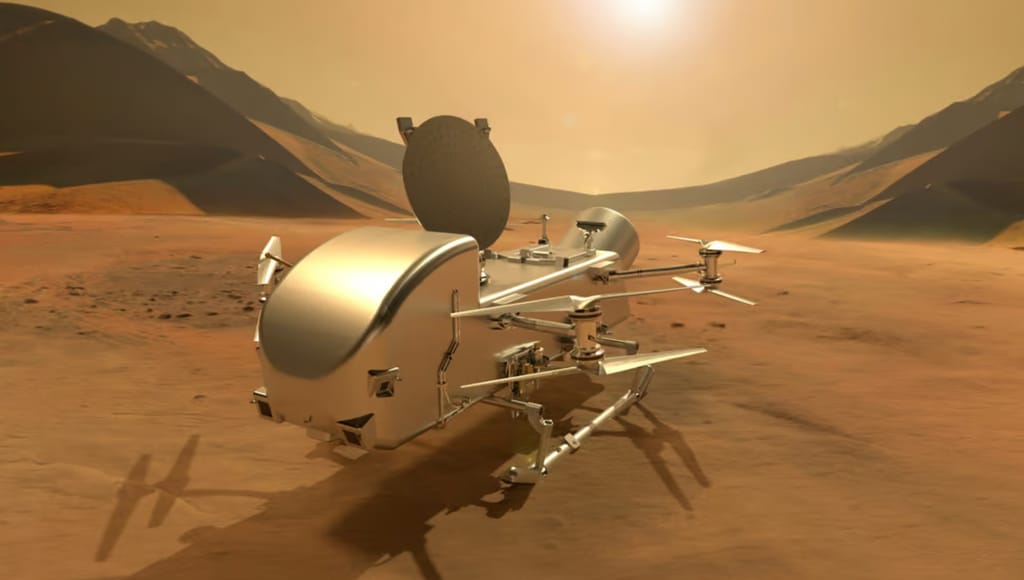
NASA has approved a mission to Saturn’s moon Titan, where the agency will deploy the robotic quadcopter Dragonfly, the successor to the iconic Ingenuity of the Mars mission. The Dragonfly mission was approved just last week for a July 2028 launch after doubling its budget to $3.35 billion, and it is now firmly on the books as the agency prepares to make its big leap across the solar system.
“Dragonfly is a spectacular science mission with broad community interest, and we are excited to take the next steps on this mission,” said NASA administrator Nicky Fox, of the agency’s Science Mission Directorate, in a recent statement. “Exploring Titan will push the boundaries of what we can do with rotorcraft outside of Earth.”
NASA chose the Dragonfly mission nearly five years ago
NASA chose the Dragonfly mission nearly five years ago, and a significant portion of its new $3.35 billion budget indicates the agency’s determination to guide the ambitious project through the massive fiscal upheaval created by COVID-19 and more recent budget conflicts between Congress and the White House.
“With the Dragonfly mission, NASA will once again do what no one else can do,” NASA administrator Jim Bridenstine said. “Visiting this mysterious ocean world could revolutionize what we know about life in the universe. This cutting-edge mission would have been unthinkable even just a few years ago, but we’re now ready for Dragonfly’s amazing flight.”
Dragonfly, despite its bug-sized name, is a beast of a machine
Dragonfly, despite its bug-sized name, is a beast of a machine unlike any NASA has ever created. It can carry a surface-exploring vehicle approximately the size of a bigger Mars rover through the moon’s dangerous freezing weather, surviving minus 290º Fahrenheit.
NASA will benefit from 13 years of data collected by the Cassini spacecraft and the European Space Agency’s Huygens mission, the latter of which provided the world’s first images of Titan. According to Ars Technica, Dragonfly’s mission will take it to over 30 spots on Titan over three years, flying tens of kilometers per month to research its organic-rich composition.
